
Storing food is an important task in maintaining its freshness, quality, and safety. Improper storage can lead to spoilage, waste, and even dangerous bacterial growth. Choosing the right storage material for your food can help prevent these problems and extend the lifespan of your groceries. Plastic containers are a popular option for storing food, as they are lightweight and easy to use.

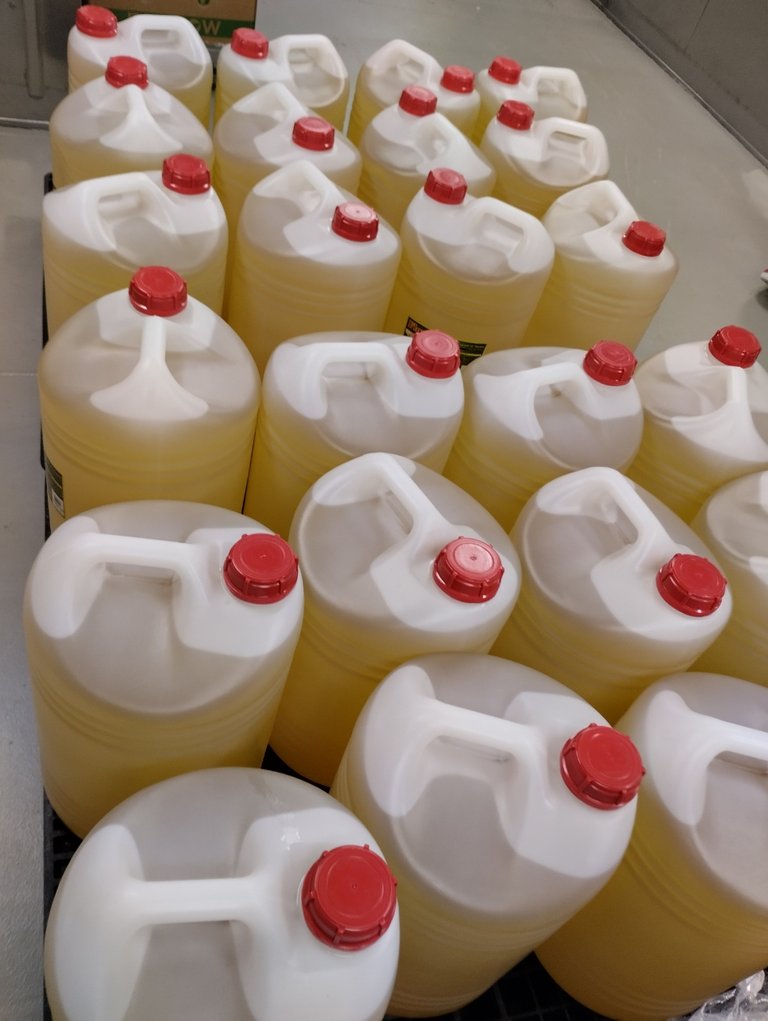
However, not all plastic containers are created equal. It is important to look for containers that are labeled as food-safe and BPA-free, as BPA can leach into food and cause health problems. Additionally, plastic containers can become stained and retain odors over time, making them unsuitable for certain foods. Glass containers are another popular option, as they are durable and do not retain odors or stains. They are also heat-resistant, making them ideal for storing hot foods. However, glass containers can be heavy and breakable, making them less practical for on-the-go meals.
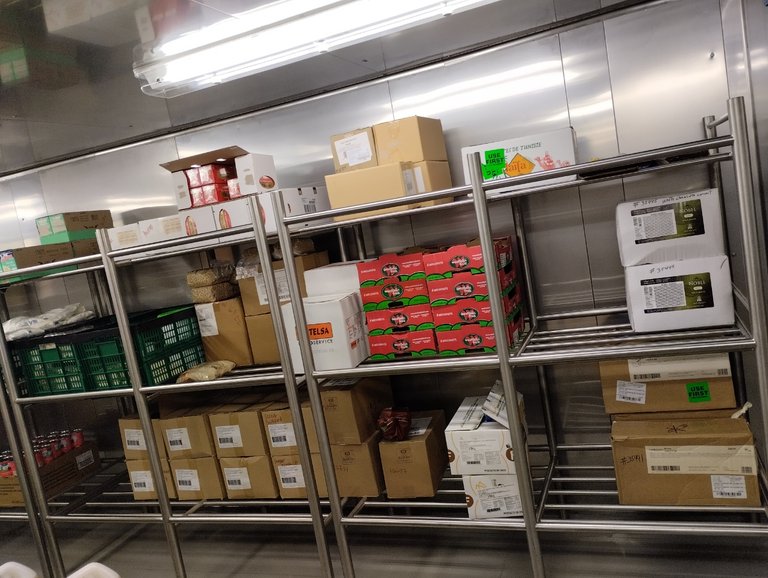

Mason jars are a versatile storage option that can be used for a variety of foods, such as soups, stews, salads, and snacks. They are durable, reusable, and come in a range of sizes. Mason jars are also a popular choice for canning and preserving foods. Stainless steel. Beside that we can also storage for the cold food.
Cold storage is a process of storing food items, pharmaceutical products, and other perishable goods at low temperatures to prevent their spoilage. This method of storage is widely used in the food industry to ensure food safety, extend shelf life, and maintain the quality of fresh products such as meat, dairy, fruits, and vegetables.
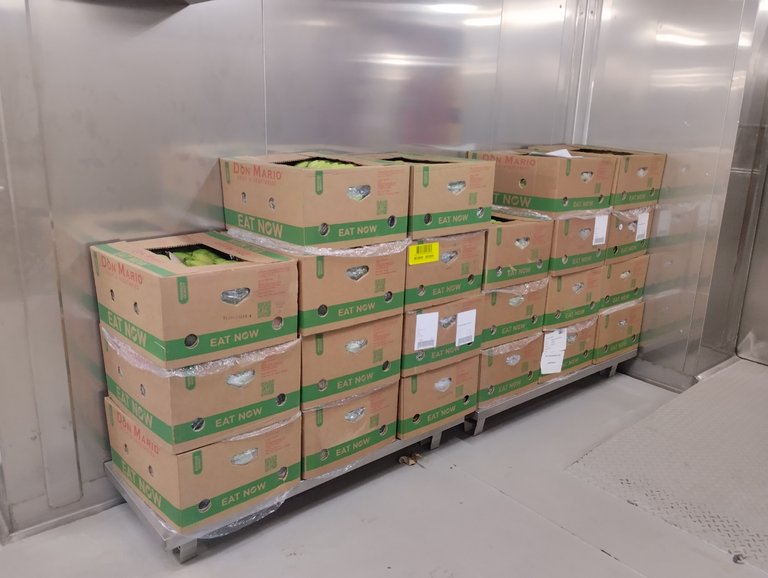
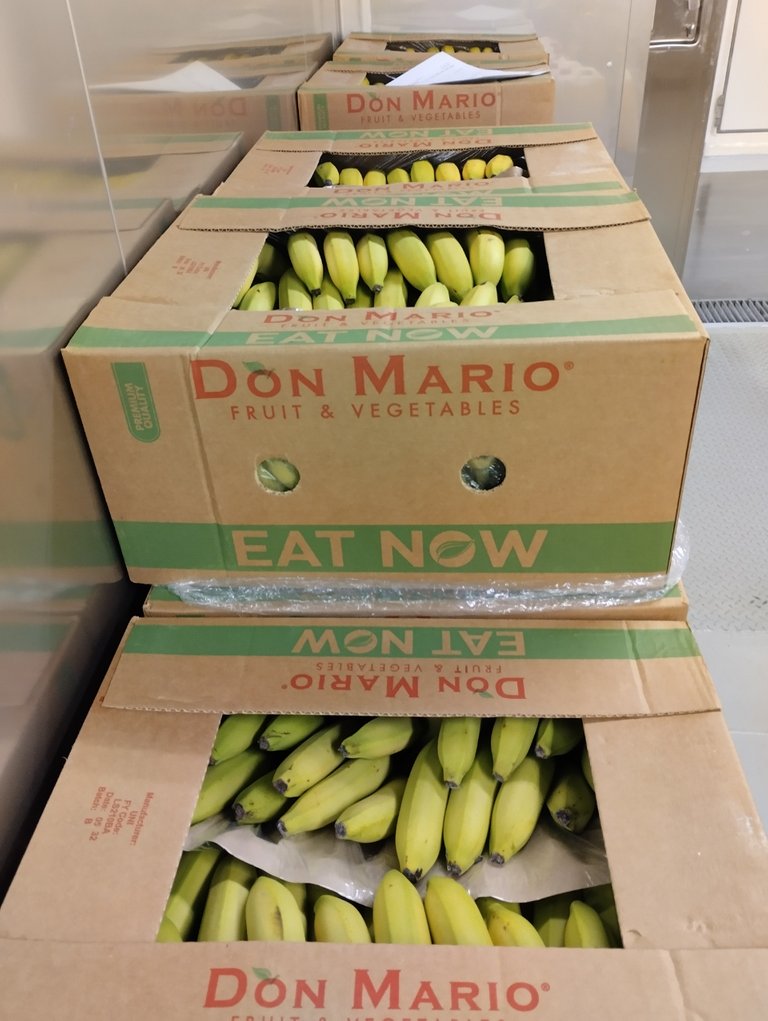
The purpose of cold storage is to slow down the natural decomposition process of food and other perishable items. By reducing the temperature, the growth of bacteria, mold, and other microorganisms is slowed down, which helps to preserve the quality and freshness of the products. Cold storage also helps to maintain the nutritional value and taste of food, while also reducing the risk of foodborne illness.
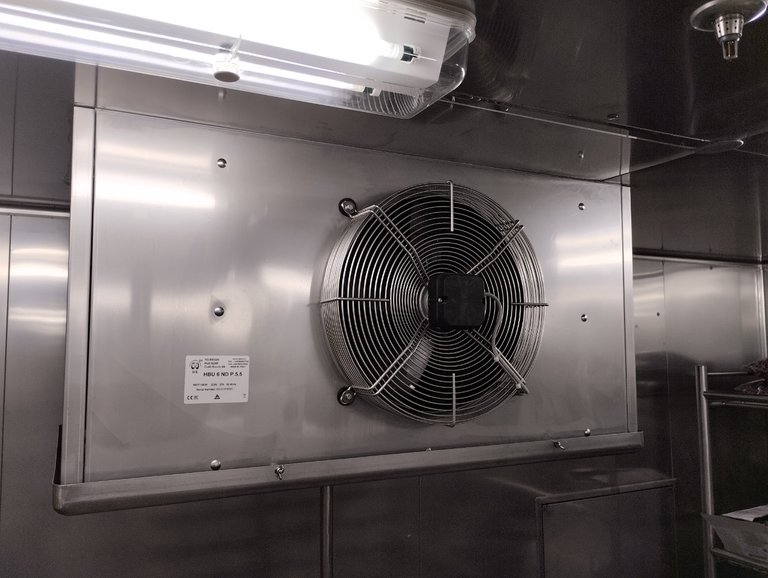
There are different types of cold storage facilities, including refrigeration units, walk-in coolers, and freezers. These facilities are designed to maintain specific temperature ranges for different types of products. For example, meat and poultry products require temperatures between 28-32°F, while fruits and vegetables require a slightly higher temperature range of 32-36°F. In addition to the food industry, cold storage is also used in the pharmaceutical industry to store drugs, vaccines, and other medical products. These products require strict temperature control to ensure their effectiveness and prevent contamination.